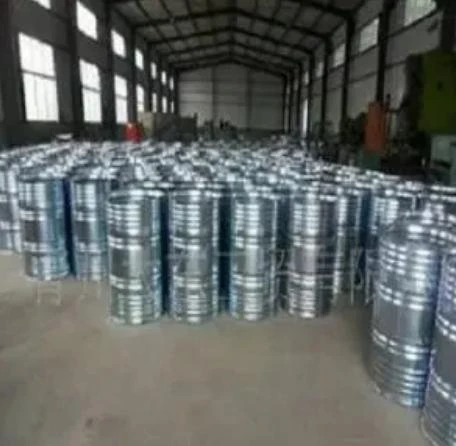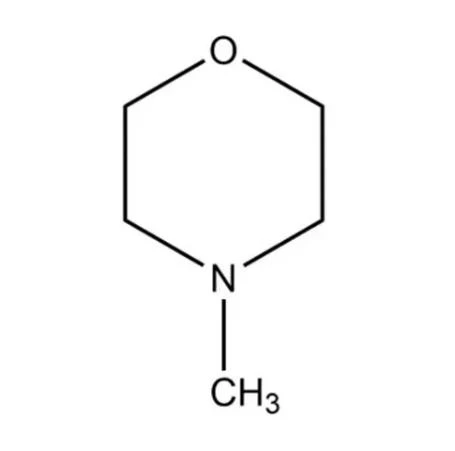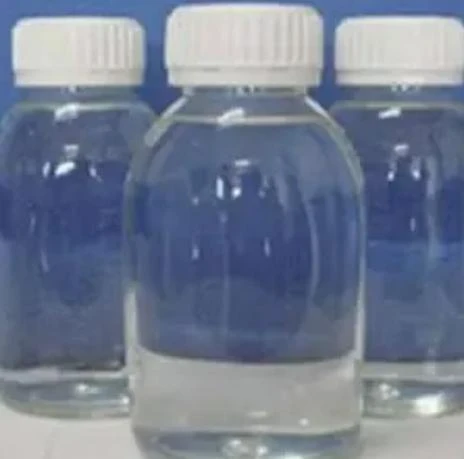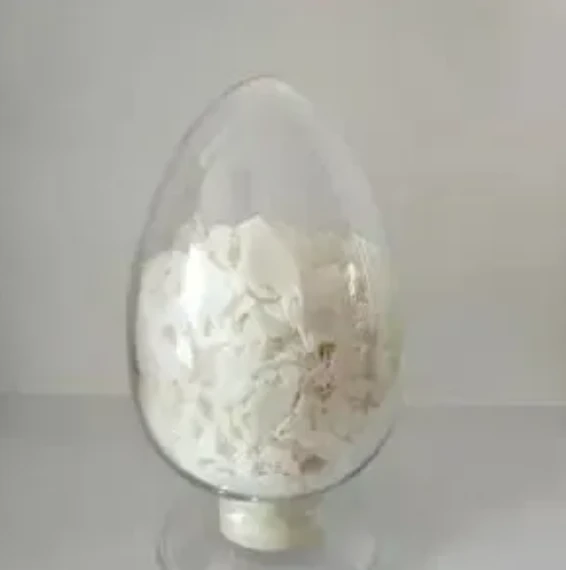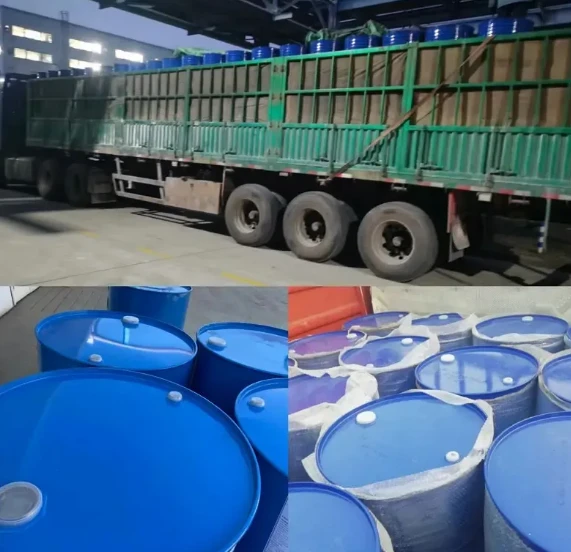Understanding Formamide and Its Derivatives
Formamida, along with its derivatives such as dimethyl formamide (DMF), N,N-dimethyl formamide, benzil formamida, e dimetil formamide, are organic compounds that play important roles in a wide range of chemical processes. These compounds are vital in the synthesis of various chemicals, serving as solvents, reagents, and intermediates in numerous industrial applications. Understanding the properties and uses of these formamide derivatives is crucial for industries involved in chemical manufacturing, pharmaceuticals, and polymer production.
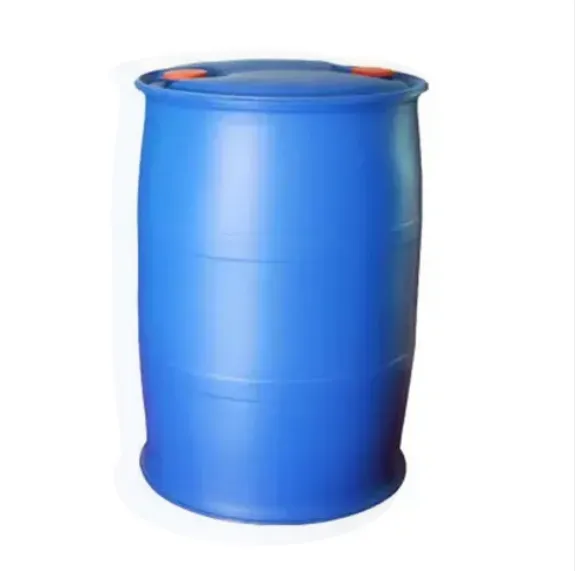
What Is Formamide and Its Derivatives?
Formamida is a simple organic compound with the chemical formula HCONH2, and it is the amide of formic acid. It is a colorless, odorless liquid that is highly soluble in water and organic solvents. Dimetilformamida (DMF), N,N-dimethyl formamide, e benzil formamida are derivatives of formamide that are widely used as solvents and reagents in chemical and industrial processes.
The most common derivative, dimetilformamida, has excellent solvency properties that make it suitable for various industrial applications, particularly in polymer production and pharmaceutical synthesis. N,N-Dimethyl formamide, which is often used interchangeably with DMF, shares similar properties but is more specifically utilized in certain industrial and chemical processes. Benzil formamida is another important derivative, where the formamide group is attached to a benzyl group, and it is mainly used in the synthesis of pharmaceutical compounds and fine chemicals. Dimetil formamide is simply an alternative name used in some regions, particularly in Spanish-speaking countries, to refer to dimetilformamida.
The presence of the amide group in these derivatives is what imparts their chemical reactivity, enabling them to be involved in a range of important chemical reactions.
Key Uses of Formamide and Its Derivatives
Formamide and its derivatives, particularly dimetilformamida e N,N-dimethyl formamide, are most well-known for their role as solvents. Dimetilformamida (DMF) is a highly versatile solvent due to its ability to dissolve a wide variety of both polar and nonpolar substances. This makes it an ideal solvent in applications such as polymer processing, pharmaceutical synthesis, and agrochemical formulations. In the polymer industry, dimetilformamida is commonly used in the production of acrylonitrile e polyacrylonitrile, which are crucial for the manufacturing of acrylic fibers, plastics, and other polymer products.
In the pharmaceutical industry, dimetilformamida serves as an important solvent for the synthesis of a variety of pharmaceutical compounds, including antibiotics, antivirals, and other therapeutic drugs. The compound’s ability to solvate complex molecules helps facilitate the synthesis of active pharmaceutical ingredients (APIs). Benzil formamida is particularly useful in the synthesis of certain active pharmaceutical ingredients, where its chemical structure is beneficial for the formation of specific compounds.
Formamida derivatives are also essential in the agrochemical industry. In this sector, compounds such as dimetilformamida are involved in the production of herbicides, pesticides, and fertilizers. These chemicals benefit from the solvent properties of dimetilformamida, which helps in formulating and stabilizing active ingredients for better performance in agricultural applications.
Chemical Properties and Reactions of Dimethyl Formamide
Dimetilformamida (DMF) is characterized by its ability to engage in nucleophilic substitution reactions, which makes it useful in the synthesis of a variety of chemical compounds. The polarity of dimetilformamida, combined with its ability to solvate different molecules, enhances its reactivity and stability in chemical reactions. This makes it a highly valued compound in industrial and laboratory settings, where it is used to synthesize complex organic molecules.
As a reagent, dimetilformamida is involved in important reactions such as the Vilsmeier-Haack reaction, a process that introduces formyl groups into aromatic compounds. This reaction is commonly applied in the synthesis of aromatic aldehydes, which are crucial intermediates in the pharmaceutical and agrochemical industries. Additionally, dimetilformamida plays a role in nucleophilic substitution reactions, where it acts as a nucleophile that can attack electrophilic centers in other molecules. This reactivity allows it to be used in the synthesis of a wide variety of organic compounds.
Safety and Handling of Formamide Derivatives
Enquanto formamida and its derivatives are highly useful in industrial and laboratory settings, they must be handled with care due to potential health risks. Dimetilformamida (DMF), in particular, is known to be toxic and can cause irritation to the skin, eyes, and respiratory system if proper precautions are not taken.
When handling dimetilformamida and other formamide derivatives, it is important to work in well-ventilated areas, preferably under a fume hood, to avoid inhaling harmful vapors. Protective equipment, such as gloves, goggles, and protective clothing, should always be worn to minimize the risk of exposure. Furthermore, dimetilformamida should be stored in tightly sealed containers, away from heat or flame sources, to prevent accidental spills or fires. It is also crucial to dispose of dimetilformamida and other formamide derivatives following proper hazardous waste disposal protocols to minimize their environmental impact.
Environmental Considerations for Formamide Compounds
The environmental concerns surrounding formamida and its derivatives primarily stem from their potential for contamination and toxicity. Dimetilformamida, for instance, can persist in the environment and is not easily biodegradable, which makes its release into water systems a cause for concern. Improper disposal or spillage of dimetilformamida can lead to contamination of water supplies and soil, posing risks to aquatic life and ecosystems.
As environmental regulations become more stringent, industries are increasingly focusing on developing more sustainable and environmentally friendly alternatives to traditional solvents like dimetilformamida. These alternatives aim to provide similar performance without the toxicity and environmental impact associated with compounds like dimetilformamida.
Formamida FAQs
What is the difference between formamide and dimethyl formamide?
Formamida is the simplest amide, with the formula HCONH2, while dimethyl formamide (DMF) is a derivative where the hydrogen atoms of the amide group are replaced by two methyl groups (HCON(CH3)2). DMF is more commonly used as a solvent and reagent in industrial applications due to its higher solubility and polarity.
How is dimethyl formamide used in pharmaceuticals?
Dimetilformamida is used as a solvent in the synthesis of a variety of pharmaceutical compounds. It helps dissolve complex molecules during chemical reactions, making it easier to produce active pharmaceutical ingredients (APIs) for drugs. It is also involved in the production of drugs used to treat infections, cancer, and other diseases.
Is N,N-dimethyl formamide the same as dimethyl formamide?
Yes, N,N-dimethyl formamide is another name for dimethyl formamide (DMF). The term N,N refers to the fact that both methyl groups are attached to the nitrogen atom in the formamide molecule. Therefore, N,N-dimethyl formamide e dimetilformamida refer to the same compound.
Can benzyl formamide be used in industrial applications?
Yes, benzil formamida is utilized in the synthesis of various fine chemicals, particularly in the pharmaceutical industry. It can be used to introduce the formamide group into organic molecules, and it plays an essential role in the manufacture of certain active pharmaceutical ingredients (APIs).
What are the environmental concerns regarding formamide derivatives?
Formamide derivatives, particularly dimetilformamida, can pose environmental hazards if not handled or disposed of correctly. They are not easily biodegradable and can contaminate water supplies. Industries are focusing on developing more sustainable alternatives and ensuring proper disposal to minimize environmental impact.
Post time: Mai . 23, 2025 14:24












